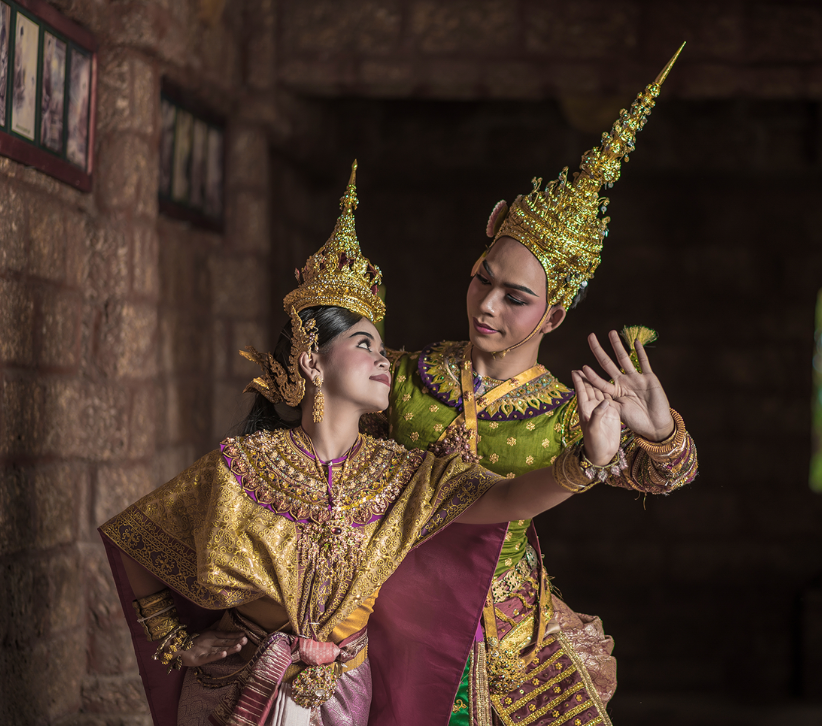Mizoram is one of the 29 states of India which is located in the northeastern part. The capital of Mizoram is Aizawal, in the north-central part of the state. Mizoram literally means Land of the Hill people. “Mizo” is the name of native peoples and “Ram” means land. So, Mizoram means land of native peoples. Mizoram became an independent state on 20th February 1987 with 11 districts. Total area is 8,139sq mi which has ranked as the 25th largest state of India. Mizoram has a 630 miles boundary with Myanmar and Bangladesh.

Mizoram is on the Northeast side of India. It’s bounded by Myanmar (Burma) to the east and south and Bangladesh to the west. To the northwest bounded by states of Tripura, to the north Assam, and to the northeast Manipur.
Language
Official language of Mizoram is Mizo, English, and Hindi. Mizo is a member of the Kukish branch of the Tibeto-Burman language family.
The three major festivals of Mizo peoples are Chapchar Kut(celebrated in March after cleaning jungle), Pawl Kut, and Mim Kut(maize reaping, in August and September). These are connected with agricultural activities.
Straw Harvest festival celebrated in December. These festivals are celebrated with their traditional dance and music.
Chew and Bamboo dance are two famous dance forms of Mizo people. Along with these they perform khuallam and Chheih Lam dances to welcome guests.
Music is an inseparable part of Mizo people which vary from tribe to tribe. They use musical instruments like ‘Tingtan’, ‘Lemlawi’ and ‘Tuiumdar’. Some beating instruments are ‘Talhkhuang’, ‘Khuang’, ‘Dar’, ‘Bengbung’, and Seki’. They also use wind instruments like Hnahtum’, ‘Mautawtawrawl’, ‘Rawchhem’, ‘Tumphit’, ‘Phenglawng’ and ‘Buhchangkuang’.
Dresses are specially designed and customized by Mizo peoples, which are being used as cultural heritage of them. ‘Puan’ is one of their traditional garments which are worn by both men and women. ‘Puanchei’ which is very colorful and used by Mizo ladies. ‘Kawrchei’ is a kind of unique blouse used by ladies. ‘Ngotekherh’ is a traditional cloth used by men.
Mizo peoples are also renowned for their beautiful handicrafts made of bamboo or textiles.
According to Customs and Traditions Mizo people serve food on banana leaves. Some delicious traditional food names are given below:
By Train: Main rail station is in Bairabi, Kolasib district which connects the whole of Mizoram. The nearest rail station of Mizoram is Agartala rail station, 145kms away.
By Bus: all cities are well connected with one another through bus services. You can reach Aizawl via Silchar(180km), Guwahati(510km), Imphal(375km) and Agartala(445km). Tourist buses and private buses are also available there.
By Air: Aizawl has a domestic airport named Lengpui Airport, which is well connected with many cities like Guwahati, Imphal and Kolkata by regular flights. Flights to Dimapur and Agartala also operate Aizawl.

Publisher
To get updates Join our newsletter.
© 2025 Indiano Travel
A Property Of iNOVATE DIGITAL